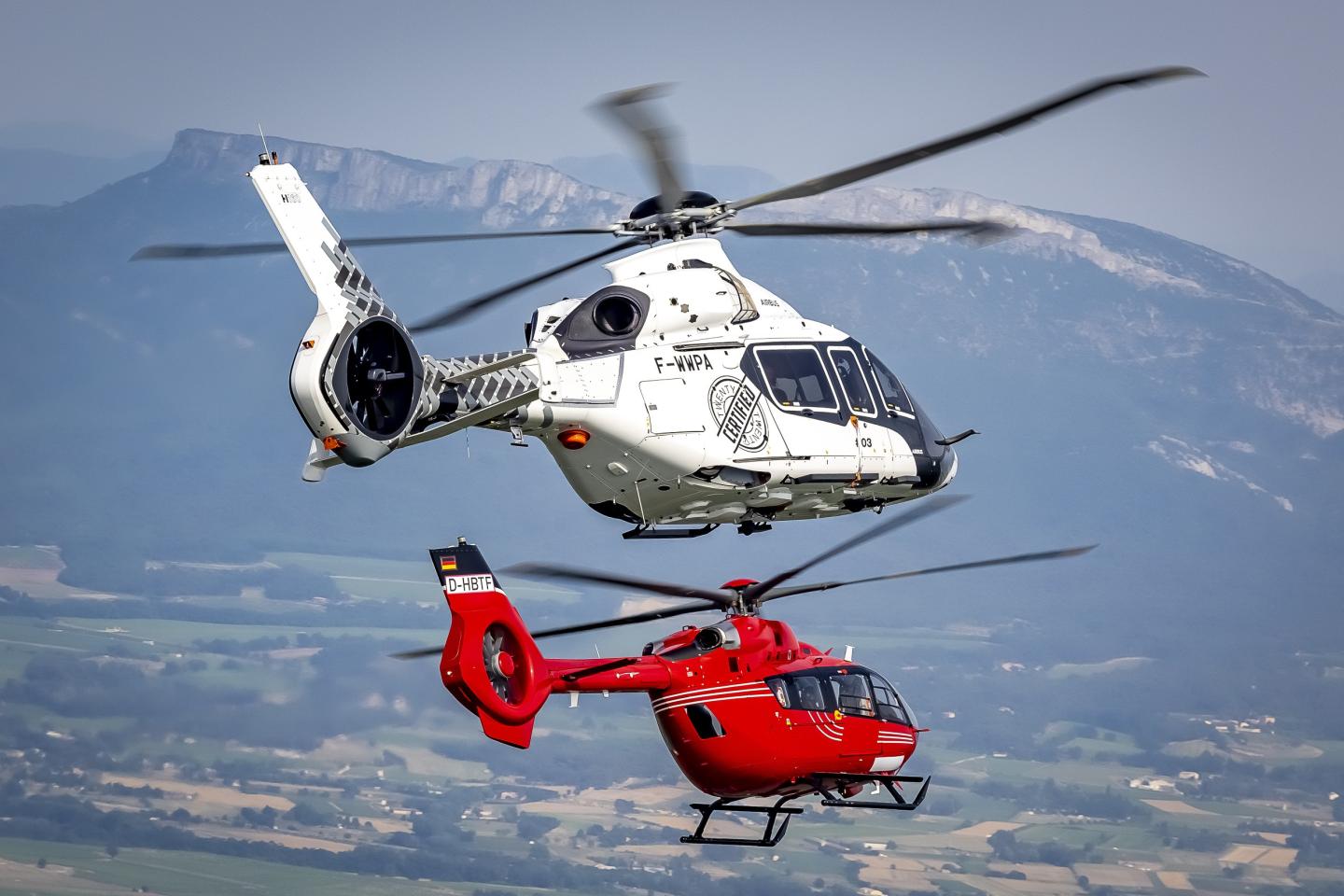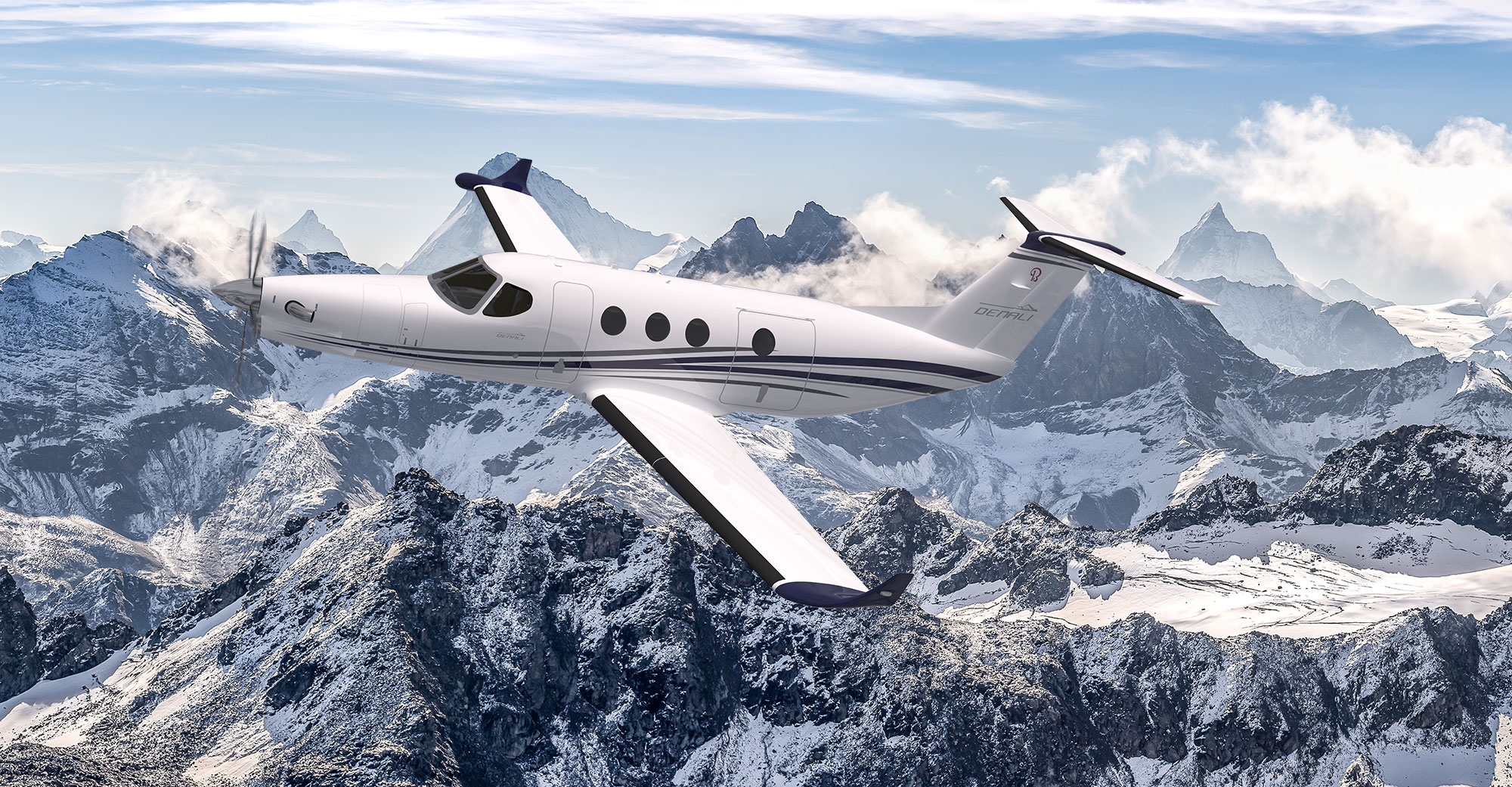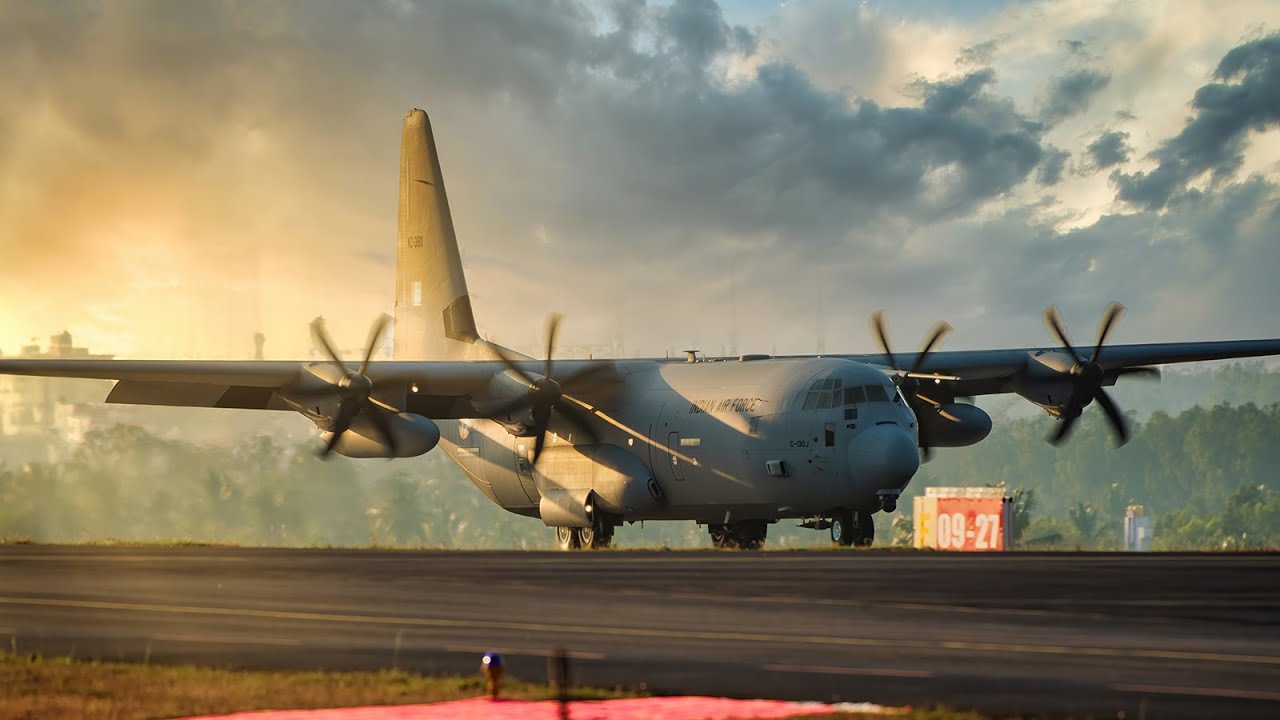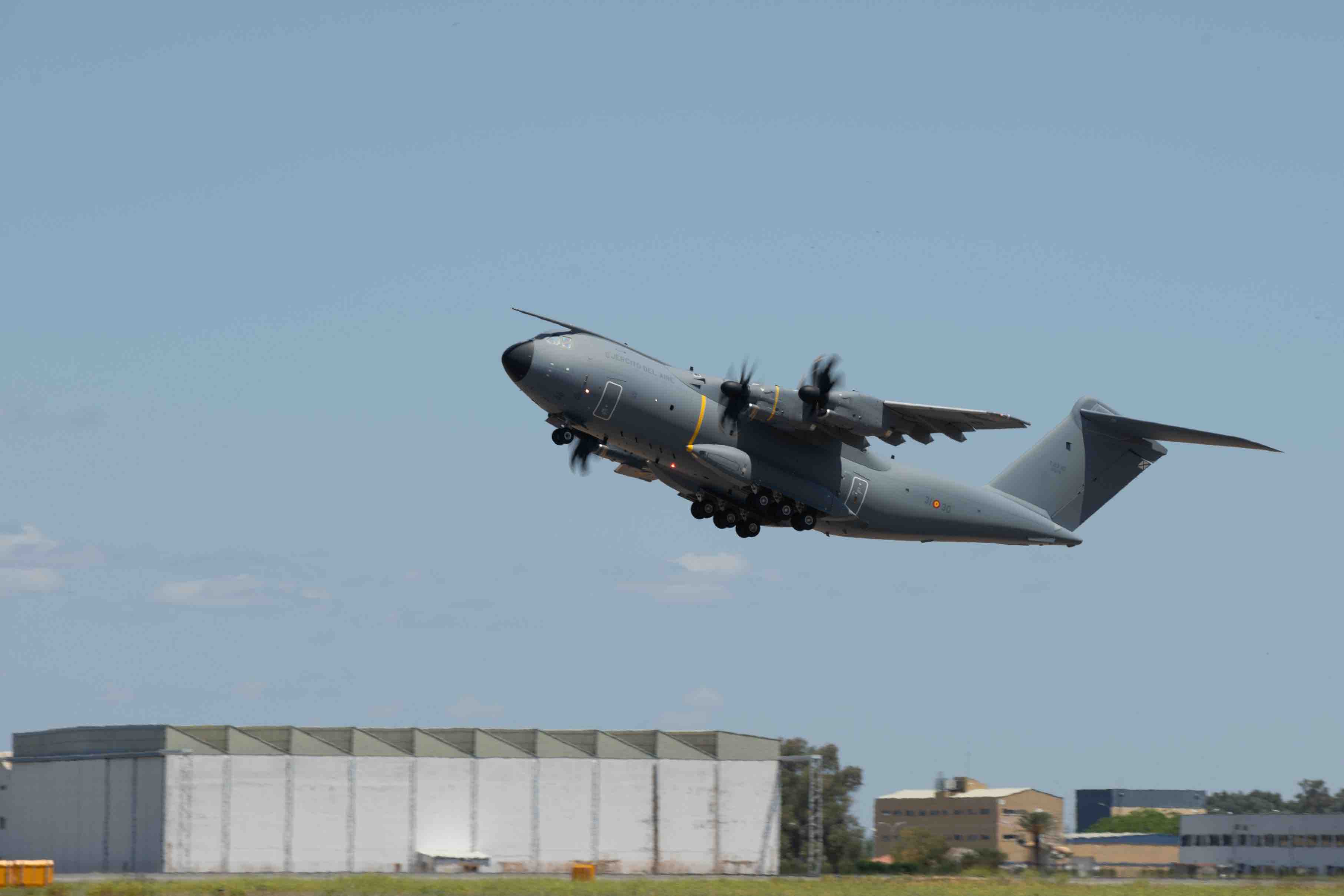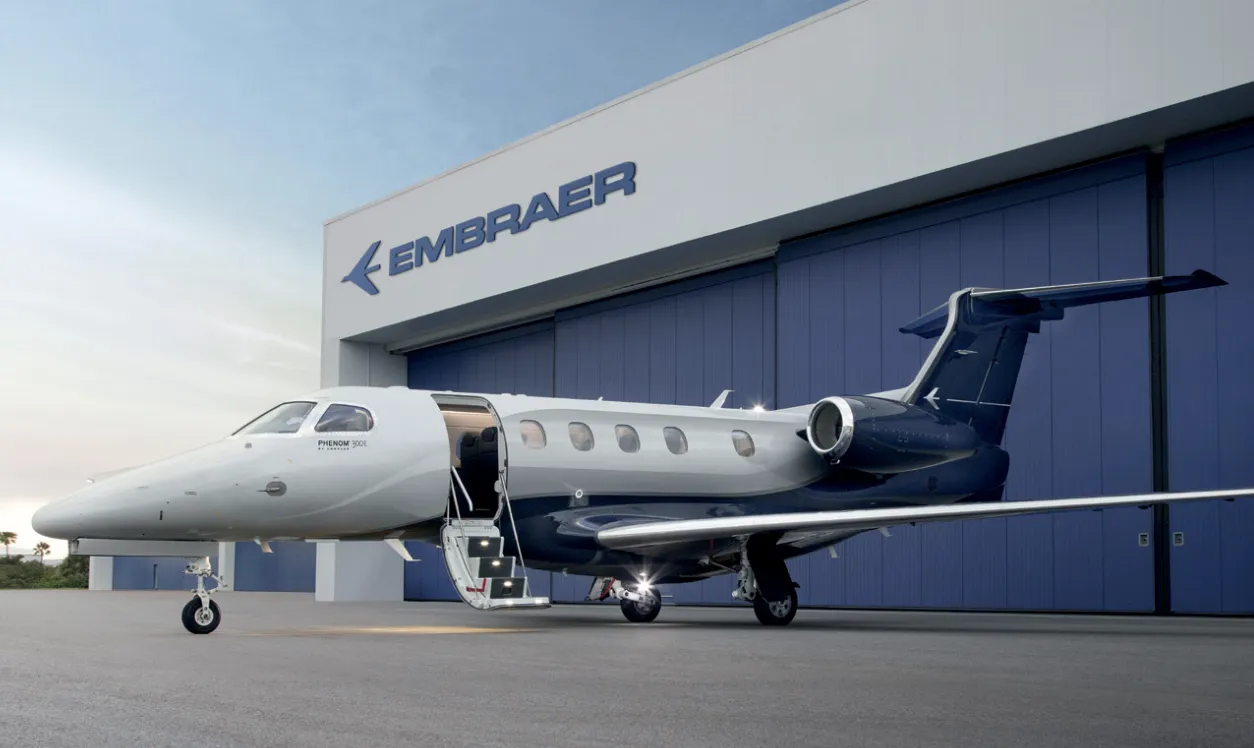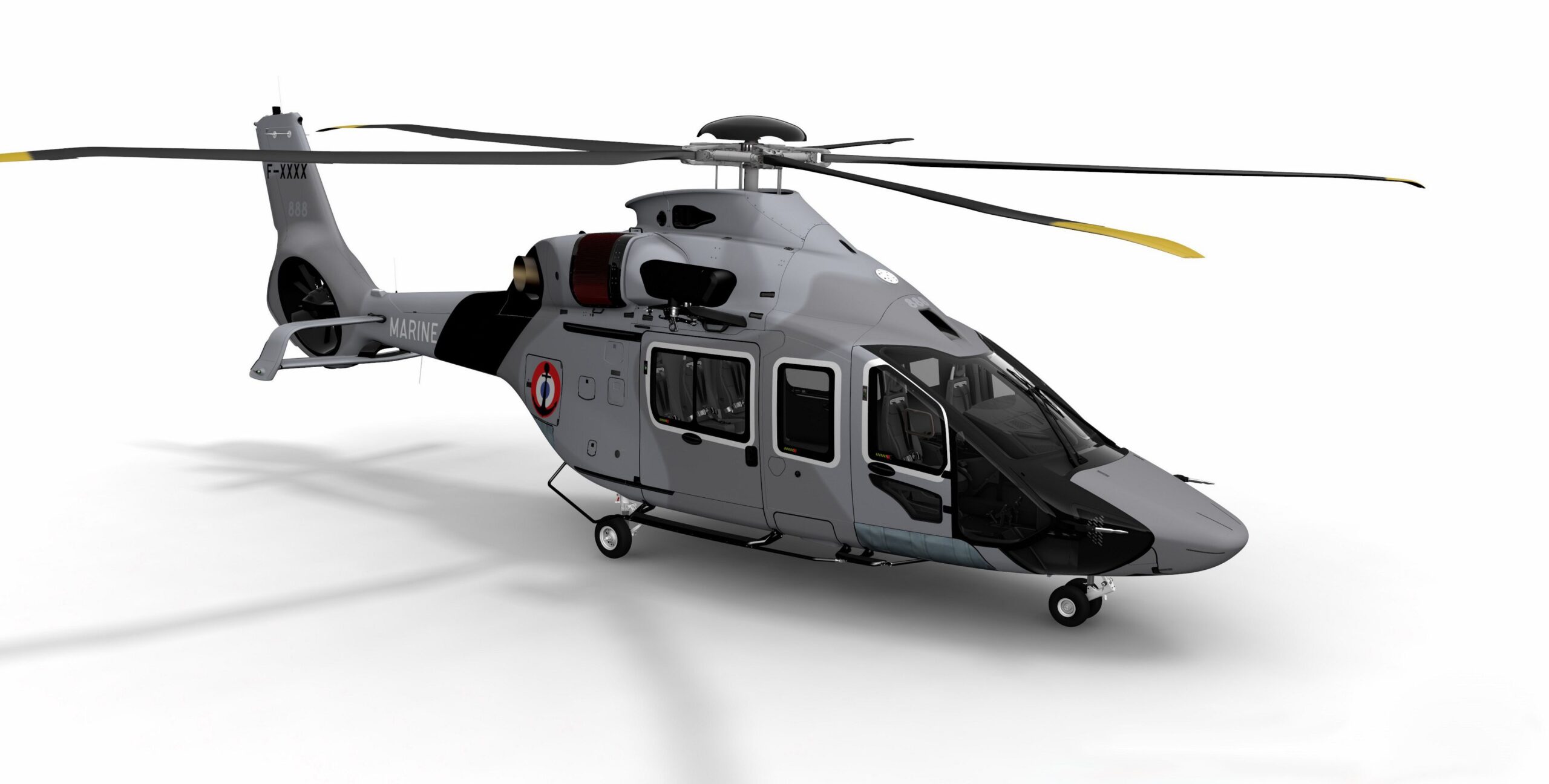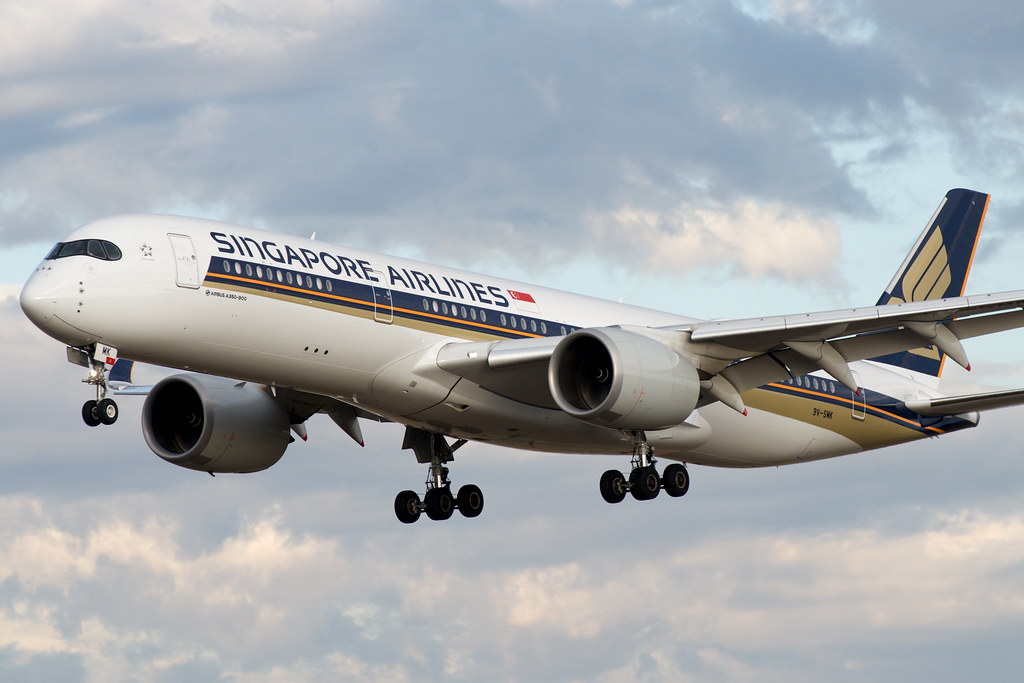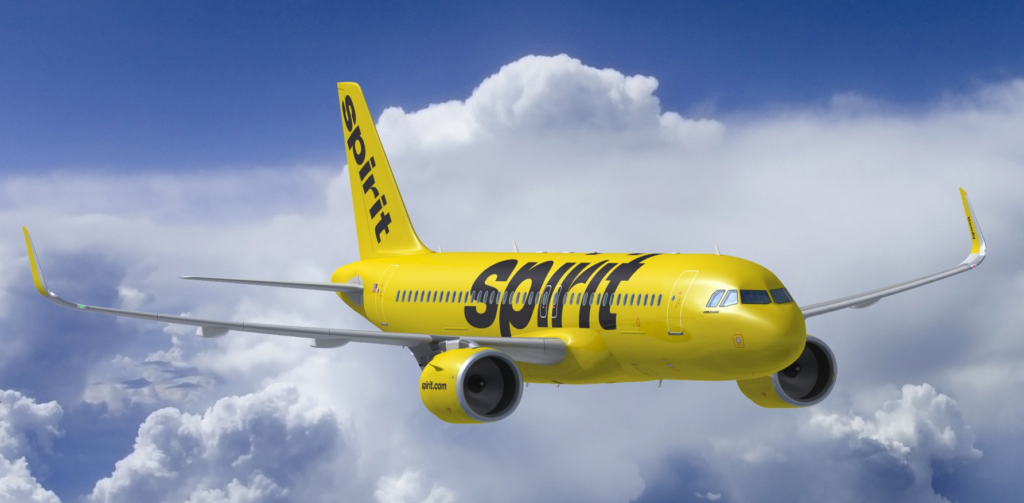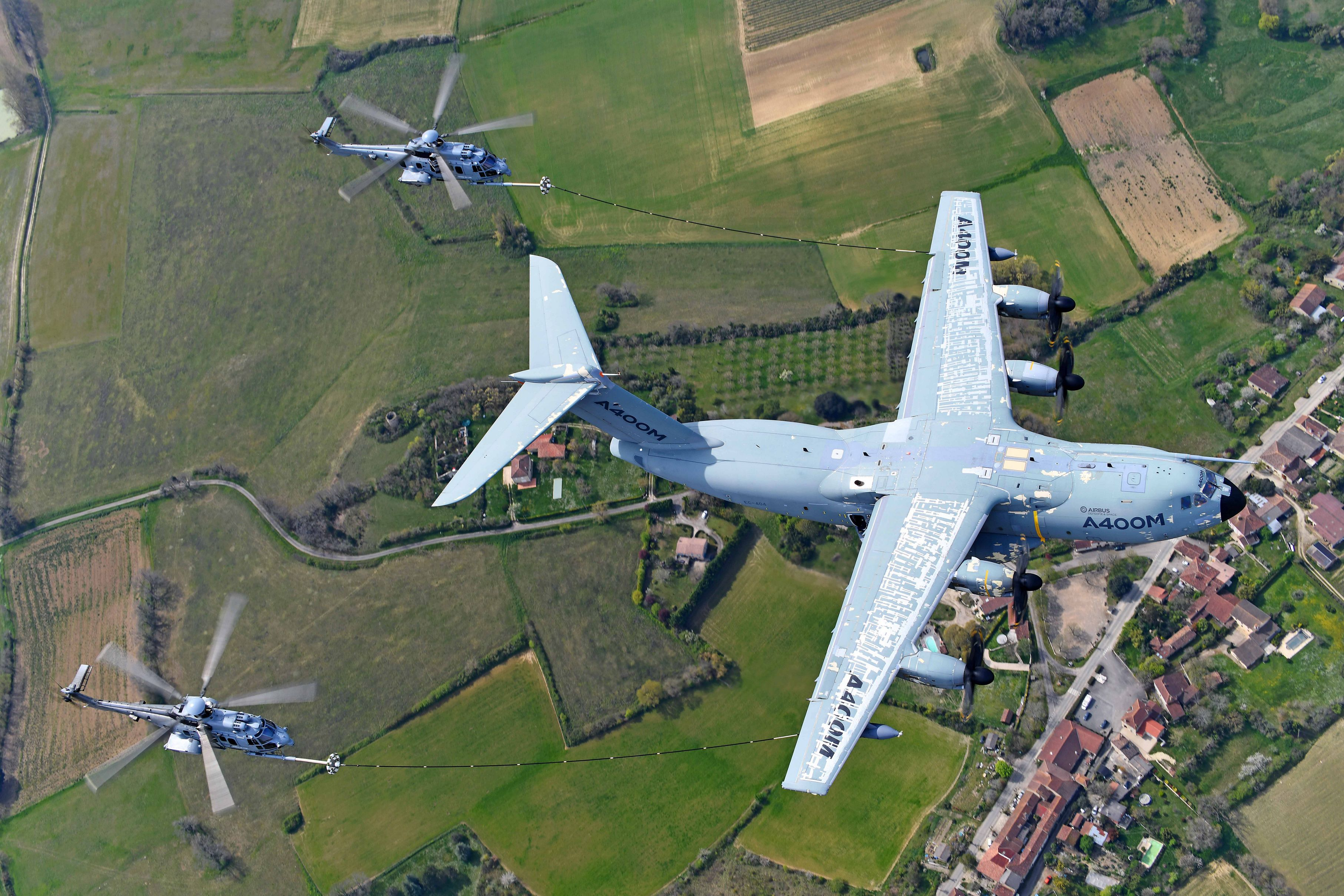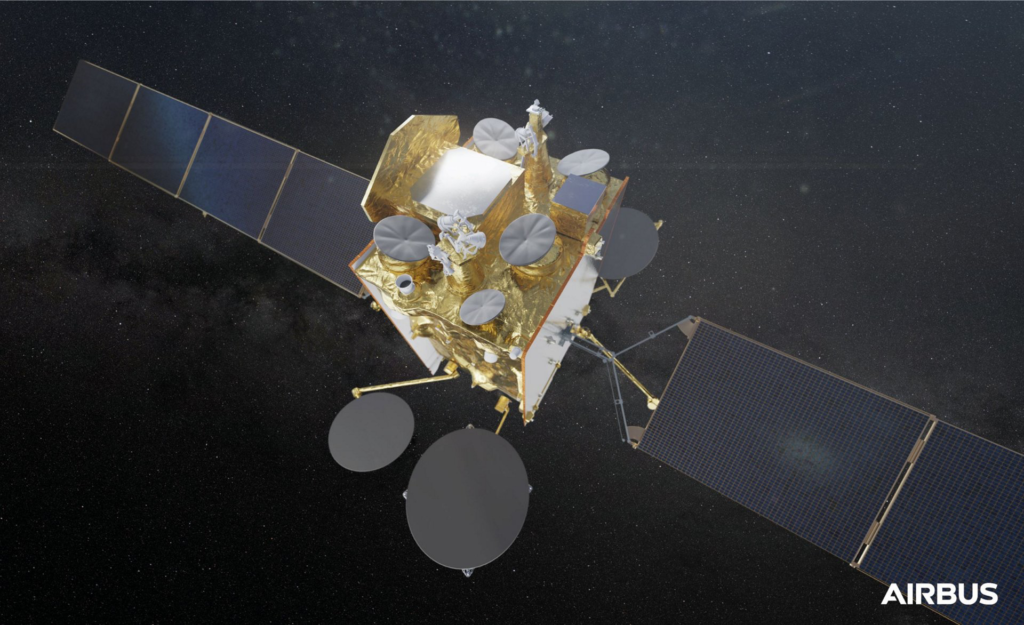Jeddah, Saudi Arabia – The Helicopter Company (THC), established by the Public Investment Fund (PIF) as the first and only helicopter services provider licensed to operate commercial flights in the Kingdom of Saudi Arabia, today announced that it has signed a second purchase agreement with Airbus (OTC: EADSY) Helicopters.
The agreement was signed by Raid Ismail, Chairman of the Board of THC and Bruno Even, CEO of Airbus Helicopters, in the presence of His Excellency Khalid Al Falih, Minister of Investment and His Excellency Franck Riester, Minister Delegate for Foreign Trade and Economic Attractiveness.
The partnership will contribute to the ongoing expansion of THC’s regional fleet ahead of announcing an exciting new journey as a General Aviation champion, with twenty orders of the newly launched five bladed H145 and six ACH160 models. All aircraft feature cutting-edge technologies and biofuel-compatible engines, marking a significant milestone in developing alternatives to conventional aviation fuels and achieving decarbonization of helicopter flights.
Launching its services in 2019, THC was established by PIF as part of its strategy to activate new sectors in Saudi Arabia that support the realisation of Vision 2030 and generate long-term commercial returns, while meeting the growing demand for luxury tourism and air travel services. THC previously signed an agreement to buy 10 Airbus H125 helicopters to increase access to domestic tourism destinations and provide services such as filming and aerial surveying – and is now further expanding its services with the addition of the H145 and H160 to its fleet.
The purchase agreement forms part of THC’s ongoing strategic regional alliances with industry leaders, including a recent partnership with The Red Sea Development Company (TRSDC), the developer behind the world’s most ambitious regenerative tourism project. The contract for the provision and operation of a twin engine helicopter, crew and maintenance technicians, facilitates TRSDC emergency medical services (EMS) with alternate configuration change capability for passenger utility transport at TRSDC’s site on the west coast of Saudi Arabia.
